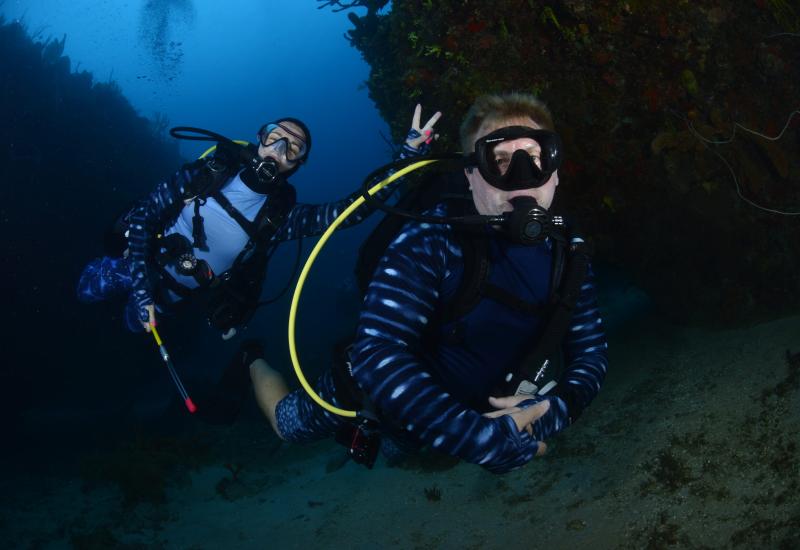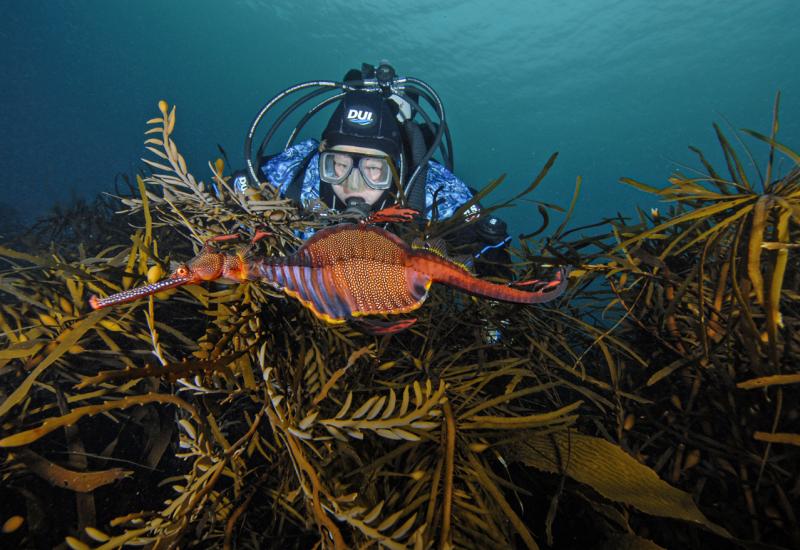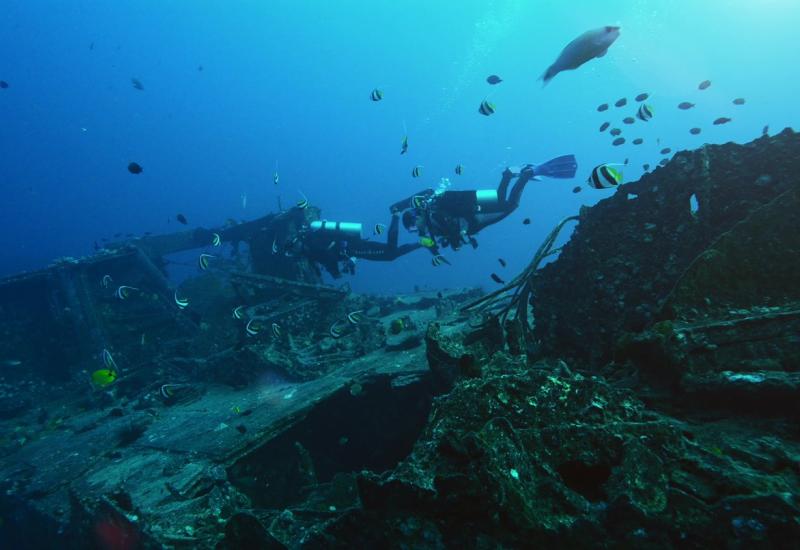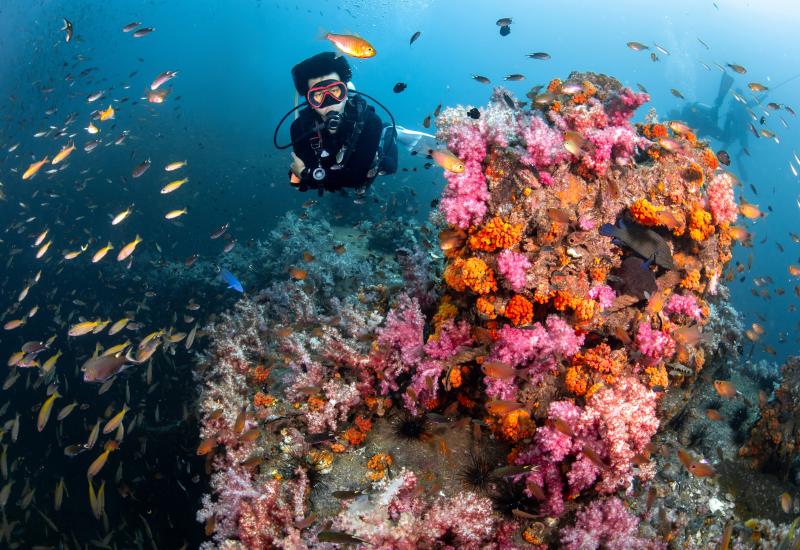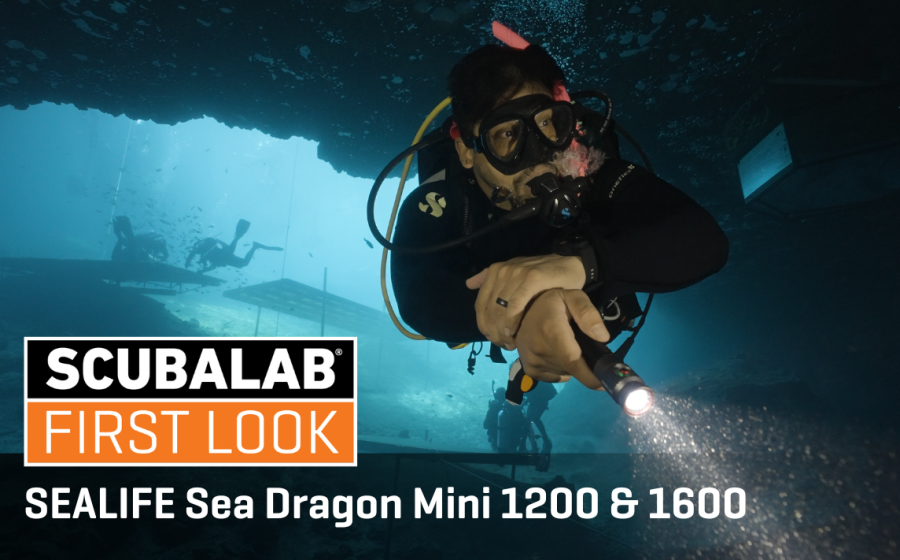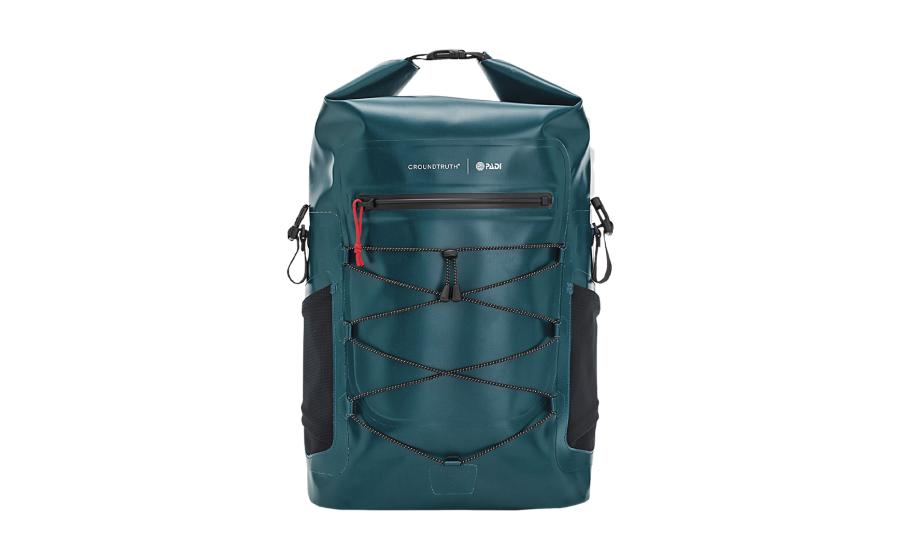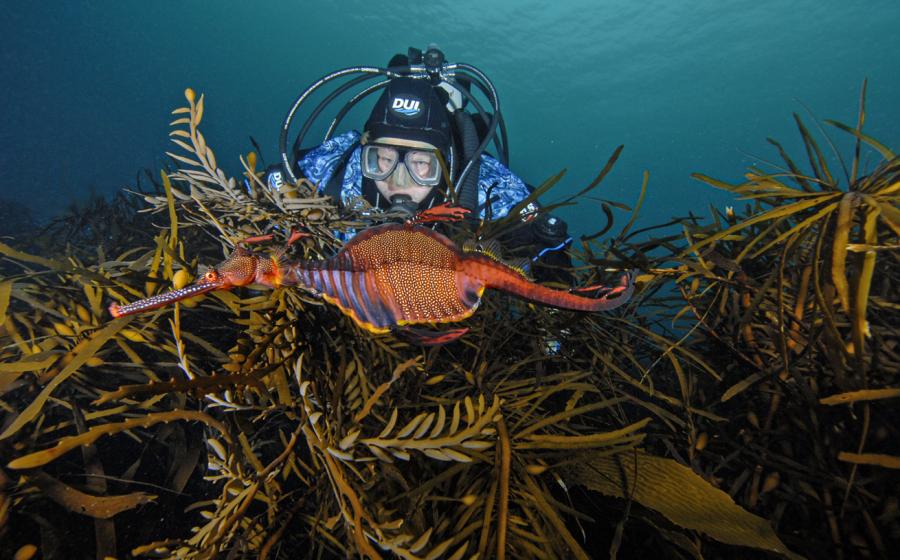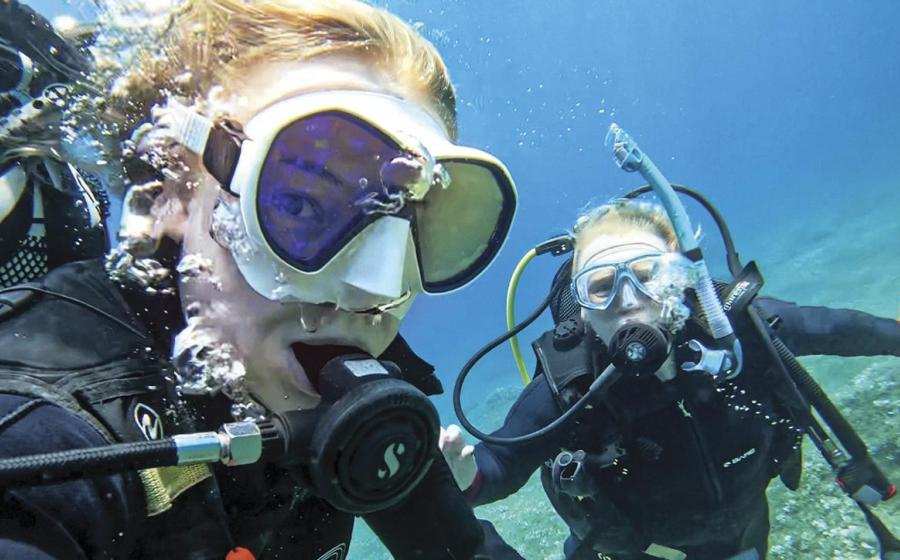Where to Go Scuba Diving in South Carolina

Jennifer IdolAn oyster toadfish hides in an encrusted section of the Charleston tug.
More than a dozen wrecks make for popular dive sites along the South Carolina coast, with dense marine life redefining these sunken ships as thriving habitats.
Most South Carolina wrecks are located 20 to 30 miles off-shore, but a few inshore wrecks, such as the Charleston tug, sunk at a max depth of 62 feet just off the coast of North Myrtle Beach, still offer shallow diving with good visibility. The stories behind South Carolina’s wrecks are unique and varied, but all attract vibrant reef life.
Although the historic wrecks are more weathered and deteriorated than the recent purpose-sunk artificial reefs, their stories offer insight into American development and maritime activities. Historic wrecks date back to the 1800s and include wrecks that suffered heavy seas, such as the Norwegian cargo ship Leif Eriksson, which was struck by another steam-ship off Cape Romain during a winter gale in 1905.
Other popular wrecks sank during World War II, such as the SS Hebe and HMT St.Cathan, which collided in 1942 as they attempted to evade German U-boats in blackout conditions.
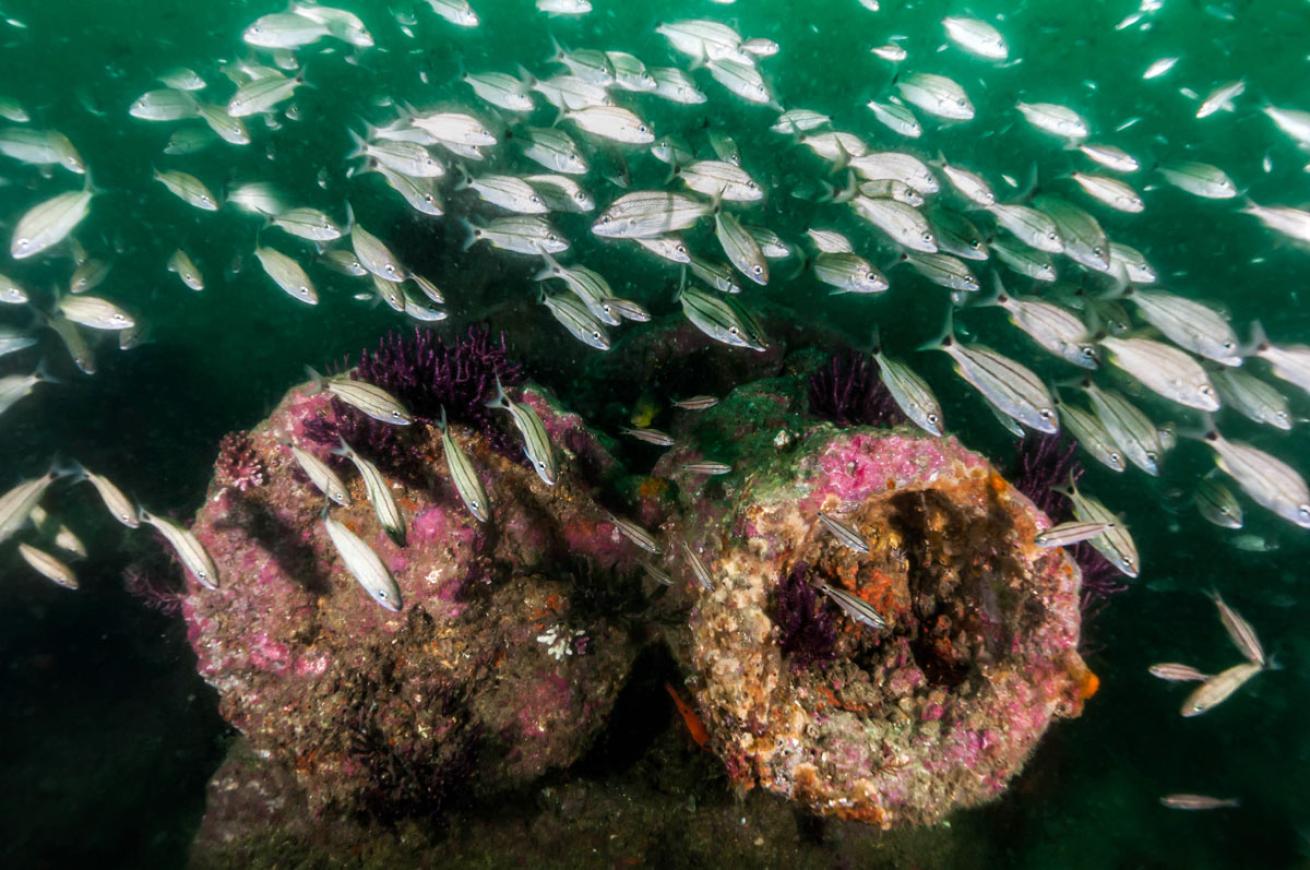
Jennifer IdolTomtates school on the wreck.
At 489 feet in length, the USS Vermilion attack cargo ship nearly equals the size of the hulking USS Spiegel Grove in the Florida Keys, and preceded it in both career and final sinking as an artificial reef. The Vermilion was purpose-sunk about 45 miles off Georgetown in August 1988.
The marine life off the South Carolina coast is brilliant, with an abundance of schooling fish and unique inhabitants such as oyster toadfish. Tropical fish, such as angelfish, eels and gobies, and pelagic species, such as sand tiger sharks and barracuda, are commonly sighted. Coral is dense but low-lying along the structure.
Although diving is available year-round, with the best visibility during summer, plan around hurricane season, which lasts from summer till late fall. Boat charters to visit these wrecks are available out of Myrtle Beach or Murrells Inlet. Wreck diving in South Carolina is accessible to divers of all skill levels, with some of the advanced wrecks still well within recreational limits and all of it worth exploring.
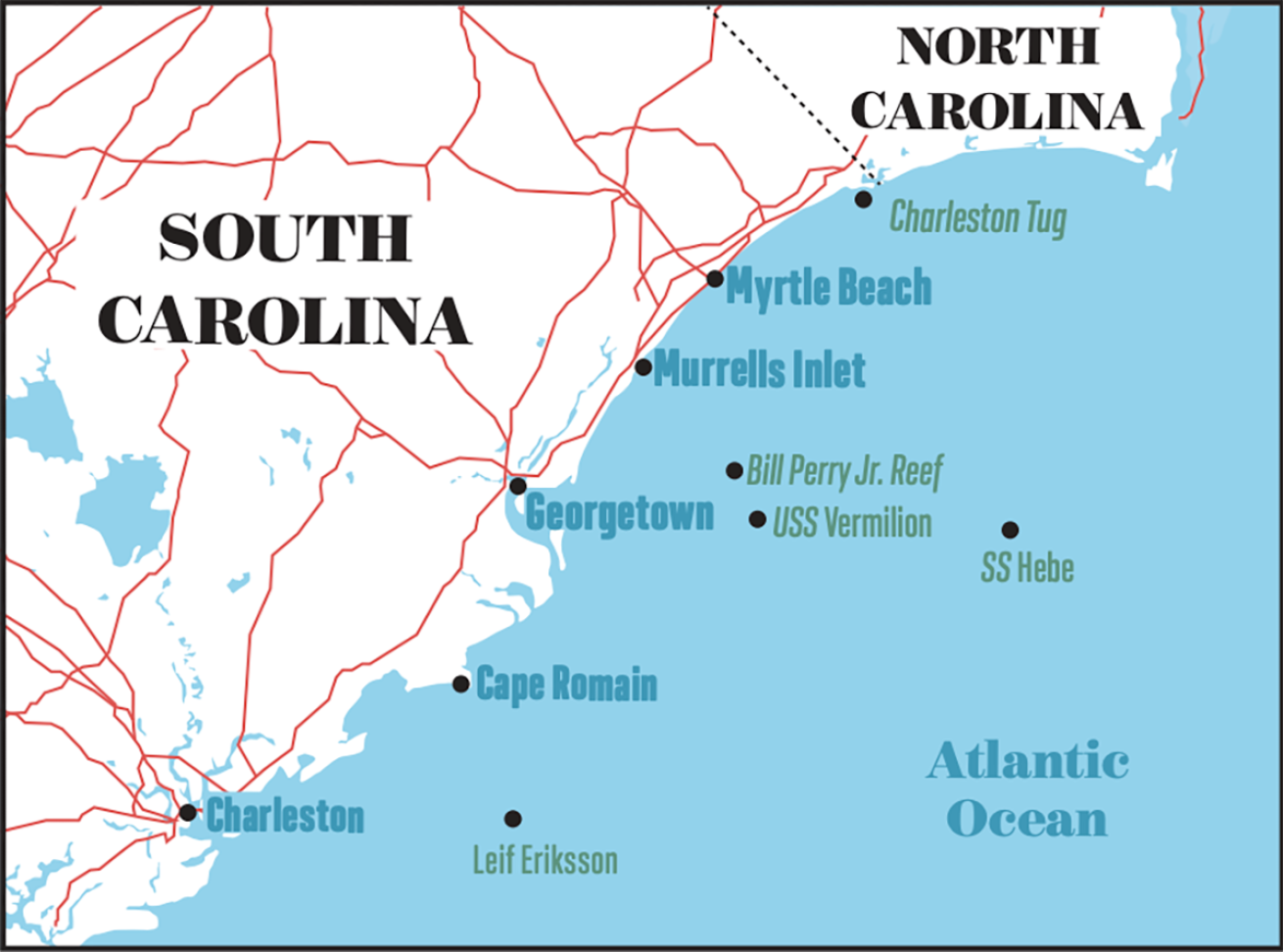
Monica MedinaShipwreck and artificial reef dive sites in South Carolina.
Dive Sites
SS Hebe
This World War II wreck of a Dutch cargo ship is the most likely place to see sand tiger sharks in this region, as well as an opportunity to find old glass bottles. The wreck itself has collapsed into a low profile but is 267 feet long and encrusted with marine life, including macro life and unusual species such as toadfish.
USS Vermilion
This 489-foot-long Tolland-class attack cargo ship from World War II was sunk as part of the artificial reef program in 1988. A complex reef habitat has grown on the exterior of this ship, and many interior sections of the wreck are accessible to divers with the proper training.
Bill Perry Jr. Artificial Reef
Fin around a sunken tug-boat, Navy landing craft and shrimp trawler at this shallow dive site that is part of the South Carolina Marine Artificial Reef Program. The reef, located offshore Murrells Inlet, is teeming with schools of snapper, grouper and other tropical fish. Some swim-through opportunities are possible, but most of these boats are small enough for easy exploration.
Need to Know
Conditions
- Viz varies from 15 to 75 feet; water temps range from 61 to 86 degrees year-round.
What To Wear
- Wetsuit.
Dive Shop Recommended By PADI
- Coastal Scuba, North Myrtle Beach Express Watersports, Murrells Inlet.
Trip Tips
1.Myrtle Beach
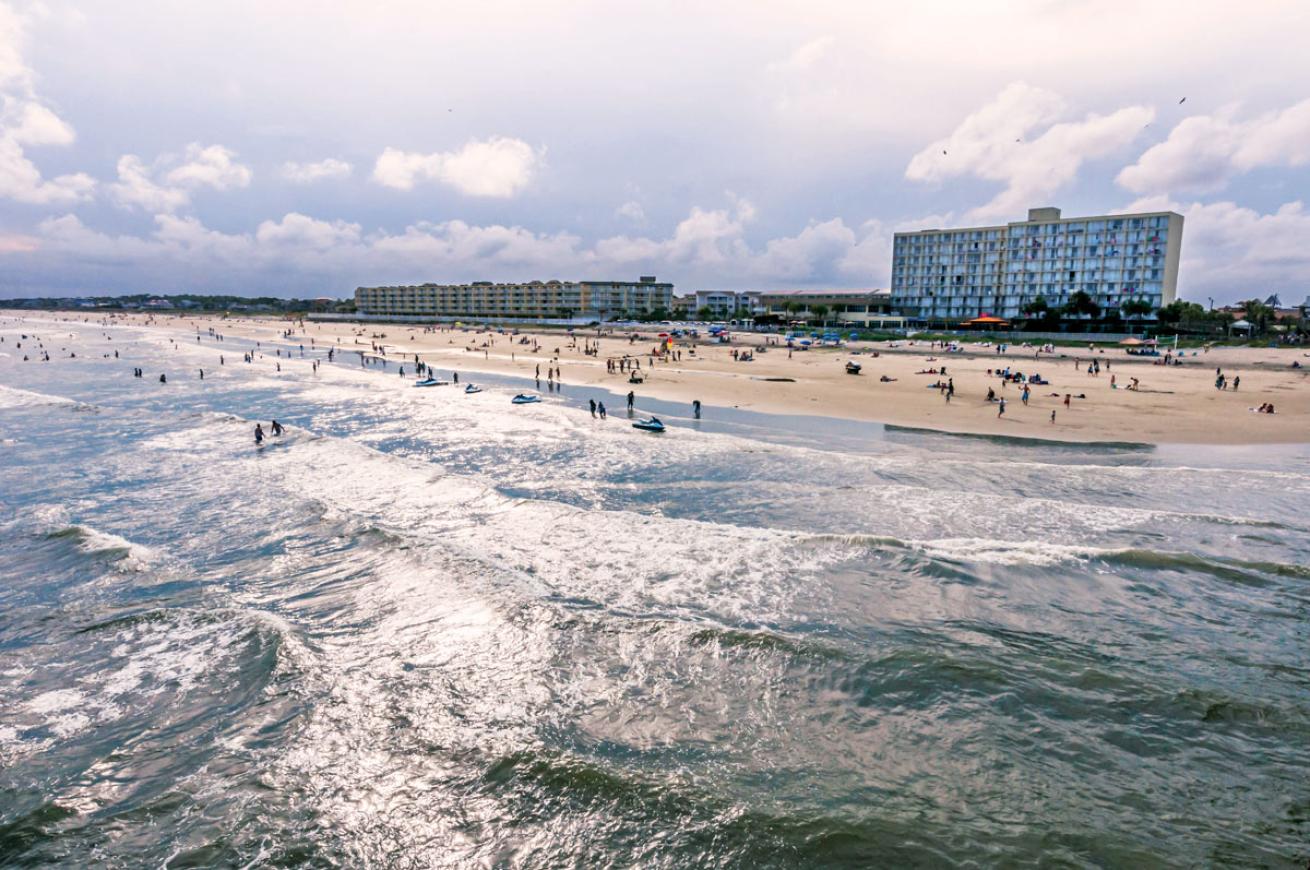
Jennifer IdolMyrtle Beach is located at northern coast of the state
Myrtle Beach is a famous 60-mile stretch of beaches along the northern coast of the state. This popular vacation destination is lined with seafood restaurants and is home to some of America’s best hush puppies. Stroll along the boardwalk in the heart of Myrtle Beach and check out the Ferris wheel.
2.Megalodon Teeth
Both the Cooper River and the sandy ledges off North Myrtle Beach are known for prehistoric shark-fossil hunting. The experience lets you dive beyond wrecks, and requires qualifications including nitrox certification.
3.Cape Romain National Wildlife Refuge
Between Charleston and Myrtle Beach lies a wildlife refuge where alligators roam marshlands and remote beaches remain pristine. Boneyard Beach is known for its collection of giant driftwood and felled trees. Join a guided kayak or ferry excursion to reach Bulls Island.

